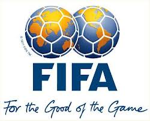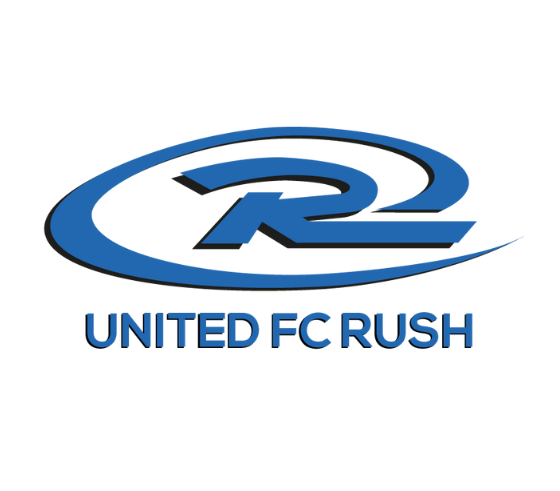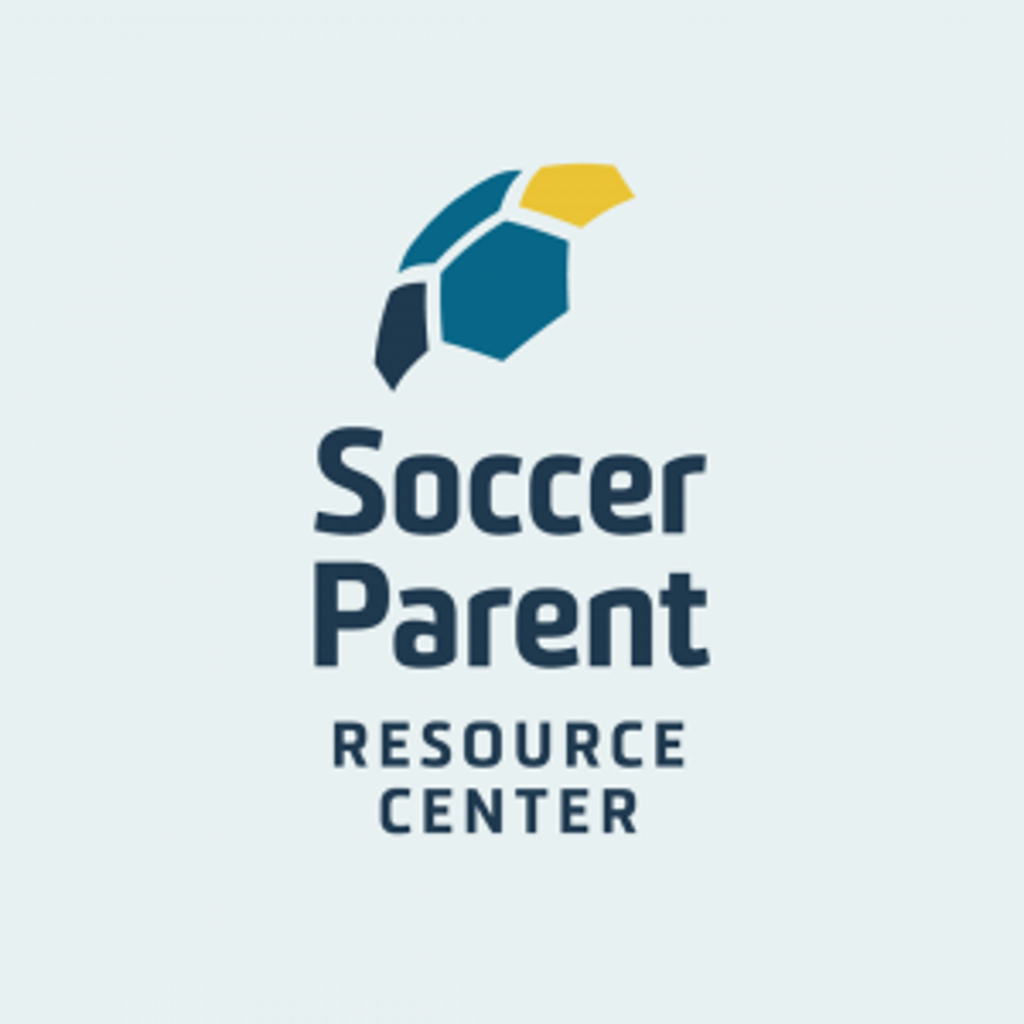#UnitedFCRush
Travel coach
Travel Coach

Coaches play a very important role in making our program what it is today. The time and resources needed to make it a successful season for all can at times be overwhelming.
To help guide you through this process we have developed user friendly pages filled with the relevant information you need.
Players develop best when put in multiple environments. We want our players to experience as many different problems as possible to develop decision-making skills, creativity, awareness, and confidence.
If we always give them the answers, they won’t know how to play for themselves.
Become a Team Manager
STEP 1 - ADMIN
- Contact United FC Rush Director of Coaching (doc@unitedfcrush.com)
- Complete background check
- Complete concussion training
- Complete Safe Sport training
- Contact your roster to introduce yourself
- Basic information
- Schedule reminder
- Plan a pre-season parent meeting
- Establish team goals for the season
- Plan Jamboree/Tournament schedule
- Confirm your winter training schedule
Background checks expire every year on Dec 31st.
Please contact STMA Director of Operations for Access Code
Must be completed once every 3 years.
STEP 2 - PLAN YOUR SEASON
- Review age appropriate curriculum
- Review training principles for age group
STEP 3 - GAME - ANALYSIS - TRAINING - EVALUATION
GAME - Evaluate performance and identify problems
ANALYSIS - Review problems and determine priorities
TRAINING - Develop training and correct problems
EVALUATION - Players, team and yourself
The Registration "" is not currently available.
The Registration "" is not currently available.
U8 Coaches
U8 - Training Priorities
- Dribble out of trouble
- Dribble past someone
- Shielding
- Soft first touch
- Introduce proper shooting technique
- Introduce passing
Now that you are a U8 soccer coach you are able to identify the better athletes in your group. At this age the more athletic players seem to take more control of the group.
As the coach you have to try and identify this and act accordingly. You may need to set different challenges to different players. Try to acknowledge achievements that have been completed by a player. The level of achievement may vary from player to player.
U8 players are at the age where they are beginning to understand the concept of working with a teammate. The notion, or willingness, to intentionally pass the ball to someone is just beginning to take hold. Coaches and parents will have more success encouraging players to pass the ball in this age group. In this age group, the player begins to think beyond their personal needs and actively looks to pass to a teammate. In many cases they will pass to their best friend and not necessarily the player in the best position to receive the ball.
As always, the main focus of your season is to have fun.
U9-10 Coaches
U9-10 COACHES
U10 Training Priorities
- Continue with dribbling foci from U8
- Passing with inside and outside of both feet
- Shooting with both feet (laces)
- Receiving the ball with all parts of the body
Tactical Priorities
- Basic attacking ideas
- Basic defending ideas
- Comprehend basic 1 vs 1 concepts
- Comprehend basic 2 vs 1 concepts
- Introduction into 2 vs 2 concepts
- Comprehend roles of the 1st and 2nd defender
- Comprehend roles of the 1st and 2nd attacker
The motivation to learn basic skills is very high at this age level. Children gradually begin to change from being self-centered to being self-critical and develop the need for group and/or team games. The “six principals” of U9/U10 player development should be,
1. Are activities developmentally appropriate?
2. Provide clear, concise and correct information.
3. Organize activities simple to complex.
4. Provide safe and appropriate training area.
5. Include decision making by the players within activities.
6. Ensure activities have implications for the game.
At this age the coach has to understand and demonstrate the basic techniques of soccer and deliver to the player in a sensitive, patient, enthusiastic and imaginative manner.
U11-U12 COACHES
U12 Training Priorities
- Continue with all U10 foci
- Speed dribbling in traffic
- Ability to chip the ball
- Accurately play long passes
- Offensive/defensive heading
- Power/accuracy shooting
Tactical Priorities
- Communication
- Basic support positions
- Receiving the the ball away from pressure
- Combination play
- How and when to switch the point of attack
- Pressure vs containing
- Proper 2 vs 2 roles
- Introduction into all 3 vs 3 roles
Hero worship, identification with successful teams/players and a hunger for imaginative skills, typify the mentality of this age. This is "the golden age of learning" and skill development. The six principles followed at this age are,
1. Are activities developmentally appropriate?
2. Provide clear, concise and correct information.
3. Organize activities simple to complex.
4. Provide safe and appropriate training area.
5. Include decision making by the players within activities.
6. Ensure activities have implications for the game.
At this age the coach has to understand and demonstrate the basic techniques of soccer and deliver to the player in a sensitive, patient, enthusiastic and imaginative manner.
Technique is understood as the mechanics of the following basic soccer skills,
1. Dribbling: Moving the ball at your feet. Player may move the ball to beat an opponent, accelerate away from an opponent or turn away from an opponent.
2. Receiving: Receiving a ball that has been passed along the ground or in the air using any part of the body except the arms or hands. The player's first touch should set them for the second touch.
3. Shooting: Striking the ball with feet towards the opponent's goal. Looking for correct technique and decision making in front of goal.
4. Passing: Playing the ball with the feet to a teammate. Consider the correct technique of the pass. Should the pass be directed straight to the player or into space for a teammate to run onto. The strength and accuracy as well as direction and angle of the pass should be considered.
5. Heading: Intentionally contacting the ball with the forehead. Heading can be practiced, but for short periods.
When your are conducting your sessions please consider the following,
Are the activities FUN?
Are the activities organized?
Are the players involved in the activities?
Is creativity and decision making being used?
Are the spaces used appropriate?
Is your feedback appropriate?
Are there implications for the game?
In soccer there are individual, small group and team tactics. At U11/U12 the key development of technique occurs when there is appropriate management of pressure on the activity (time, space or opponents). Let the player's play a variety of positions in order to develop into a complete player.
Attacking examples could be a player dribbling to beat an opponent, when and where to shoot at goal, when and where to pass and move and the choice of controlling surface. Keeping possession of the soccer ball by using two player combinations and using the angles of support.
Defending examples could be the positioning of the player between opponent and goal, when to challenge for a ball and supporting a teammate challenging for a ball (cover). The defender has to learn how much pressure to apply, channeling the opponent and immediate chase (transition).
Demonstrate increased self-responsibility for preparation and discipline. Let them initiate play and learn through self-discovery/self expression. All activities should have objectives/method of scoring. Let them enjoy competition. Most importantly keep it FUN and ENJOYABLE to foster a desire to play.
U13+ Coaches
U13+ COACHES
Training Priorities for U13+
Fulfillment of a player's potential depends on his or her own efforts, the support of his or her teammates and the unselfish guidance of his or her coach. He/she must be exposed to a playing and training environment, which extends his/her mental, physical, and technical capabilities to the limit. He/she must have a sound understanding of the games' principles and concepts. Players should show emotional stability when confronted with pressure situations. Demanding and challenging training sessions and matches are a must!
Technique: Mastered skills leading to artistry - all at speed under match conditions - Demanding excellence. Individual skill covered during warm-up.
Tactics: Increase tactical speed (Decision making). Increased pressure and competition. Gamesmanship - ability to change and adapt to game dynamics, up or down goals, management of the clock.
Team/Functional: Understanding of lines and linkage. Positional technical needs.
Attacking: Possession with a purpose, combination play with tactical implications.
Speed of play: Deception, body positioning to look, moving with your touch, penetration and creativity, quality of final ball to beat backs. Counter attack, wide flank play, target play and creating chances. Crossing with proper runs into the box. Set plays.
Defending: Man to man marking with sweeper behind and in front. Zonal defending, reading service. Pressing (Winning possession of the ball
as an attacking concept. Set plays.
**A great deal of coaching/teaching within 9 v 9 - 11 v 11 games**
Physical:
- Fitness work with and without the ball.
- Flexibility - Static stretching before and after training/matches.
- Dynamic Flexibility (especially before matches & training)
- Importance of discipline for warm-up and cool-down.
- Agility - with and without the ball
- Endurance - Aerobic and anaerobic
- Strength - Upper and lower body. Core strength and stability
- Balance/Proprioception
- Nutrition - Proper diet - pre-game, post game, tournaments, etc...
- Prevention and care of injuries.
- Importance of rest/recovery - schedule issues relative to the physical demands.
Psychological:
- Increased concentration. Goal Setting.
- Leadership / increased player responsibility. Accountability.
- Discipline
- Respect for the game.
- Self confidence, self motivation - goal setting.
- Vary program - Satisfy player's urge for competition.
- Will to win. Mental Toughness/Competitive Mentality
- Encourage to watch high level soccer.
FIFA "11" Warm-Up

FIFA 11+ PROGRAM
The “FIFA 11+ ” is a complete warm-up programme to reduce injuries among male and female soccer players aged 8 years and older.
The programme was developed by an international group of experts, and its effectiveness has been proven in a scientific study. Teams that performed the “FIFA 11+ ” at least twice a week had 30-50% fewer injured players.
The programme should be performed, as a standard warm-up, at the start of each training session at least twice a week, and it takes around 10 minutes to complete. Prior to matches, only the running exercises (parts 1 and 3) should be performed.
For all exercises, correct performance is of great importance. Therefore, the coach should supervise the programme and correct the players if necessary.
Report An Injury

If you have a player get injured during a game or practice, please let us know by filling out the form to right. We do not need to know about general sprains or strains, but would like to know if a player is severely injured or a concussion is suspected.
This information will help us follow up with that player and ensure that they are recovering. The info also helps the club track specific fields that may be causing injuries and we can then act accordingly.
MYSA has supplemental insurance available to help with medical costs if the injury requires a hospital visit.
Useful Links
CONTACT
United FC Rush
PO Box 211
Albertville, MN 55301
operations@unitedfcrush.com
612.709-1882

“Where the Trails of Passion and Purpose Meet, Begins the Path to Victory"
HOURS
Monday - Thursday: 9:00am - 4:00pm
Friday: 10am-2:00pm
Saturday& Sunday: Closed






